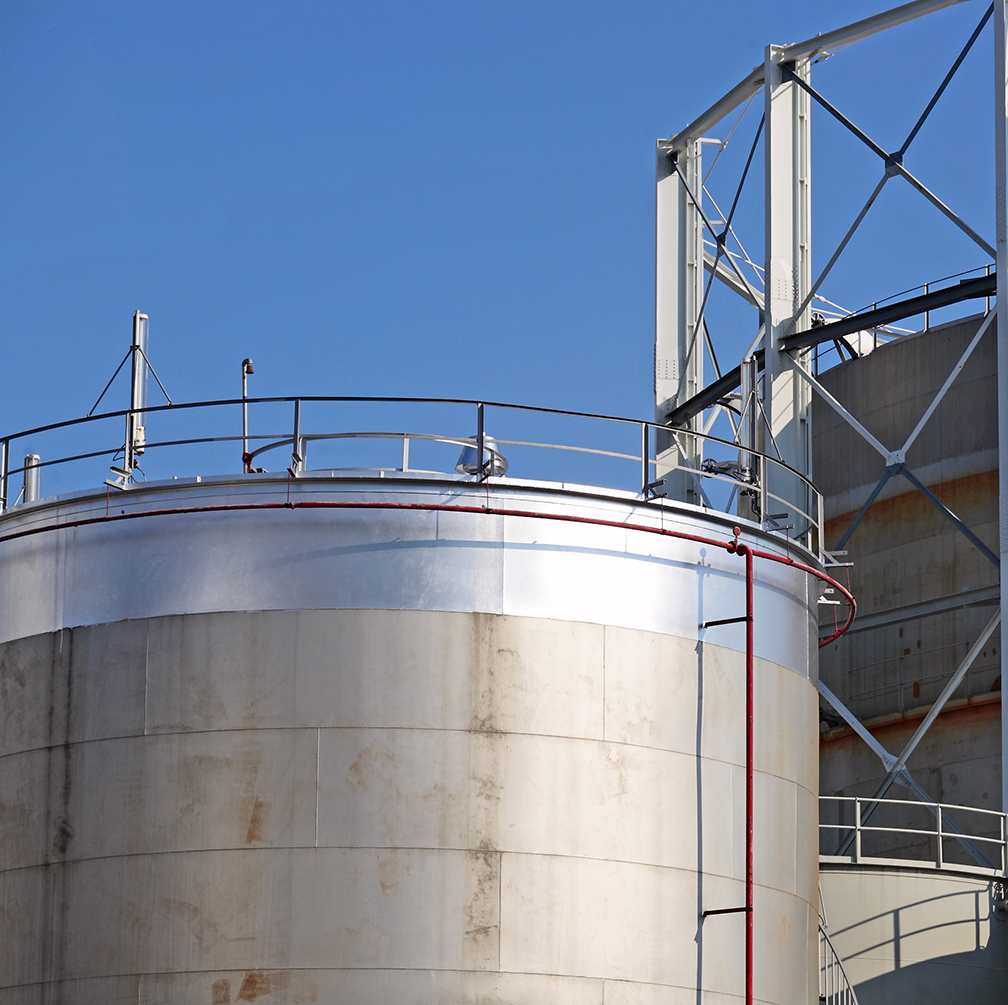5 Signs You Need to Repair Your Chemical Tank
Chemical tanks are essential components in various industrial operations, storing everything from simple solvents to complex chemicals. These tanks are designed to withstand harsh conditions, but they aren’t invincible. Recognizing the early signs of wear and tear can prevent catastrophic failures, environmental contamination, and costly downtimes. Here are five critical signs that it’s time to repair your chemical tank.
1. Outdated Inspection Dates
Every chemical tank has a set lifespan, which can be tracked by its manufacturing and requalification dates typically found on the tank’s collar. The manufacturing date tells you when the tank was constructed, while the requalification date indicates when it should be inspected to ensure continued safety and functionality. If these dates are approaching or have passed, it’s crucial to conduct a thorough inspection and possibly requalify or replace the tank to maintain safety standards.
2. Visible Rust and Corrosion
While many tanks are made from materials like stainless steel or aluminum, which are known for their resistance to corrosion, no material is completely immune, especially when dealing with chemical storage. Over time, protective layers can degrade, leading to rust and corrosion. If you notice orange-brown rust spots or pitting on your tank, it’s a clear sign that the integrity of the tank is compromised. Addressing this early can prevent the corrosion from penetrating deeper, which could lead to leaks or structural failures.
3. Unusual Odors
A sudden, unexplained odor around a chemical tank is a red flag. Many chemicals have odors added to them to make leaks detectable; these can resemble the smell of rotten eggs or decaying materials. If you detect such odors, it’s likely that your tank has a leak, which is a significant safety risk. Immediate inspection and repair are necessary to prevent potential health hazards or environmental damage.
4. Inconsistent Flame Colors or Flame Failure
For operations where chemical tanks are part of a combustion process, the flame color is an indicator of proper function. A healthy, efficient combustion process typically produces a blue flame. If the flame is yellow, orange, or any color other than blue, it suggests incomplete combustion, which could be due to a variety of issues including chemical imbalances or mechanical failures. Similarly, if the flame fails to stay lit, this could indicate a deeper issue, such as a leak or a fault in the tank’s delivery system.
5. Frequent Need for Refills
If you find yourself refilling your chemical tank more frequently than usual, without an increase in regular usage, it’s likely indicative of a leak. Small leaks can be hard to detect visually but can significantly affect your operations’ efficiency and safety. Regular monitoring of usage rates and refilling schedules can help identify these discrepancies early, allowing for timely repairs.
Conclusion
Regular maintenance and timely repairs are crucial to the longevity and safety of chemical tanks. Recognizing these signs not only helps in maintaining operational efficiency but also ensures compliance with safety regulations and environmental protection standards. If your tank exhibits any of these signs, consulting with a professional for a detailed inspection and necessary repairs is imperative. Remember, prevention is always better than cure, especially when dealing with the containment and storage of hazardous materials.
For top-notch chemical tank repair and maintenance services, consider reaching out to industry leaders like P.R. Steelecoat, who specialize in providing durable and reliable solutions for all your chemical tank needs. Ensure your operations run smoothly and safely, backed by expert knowledge and technology.


